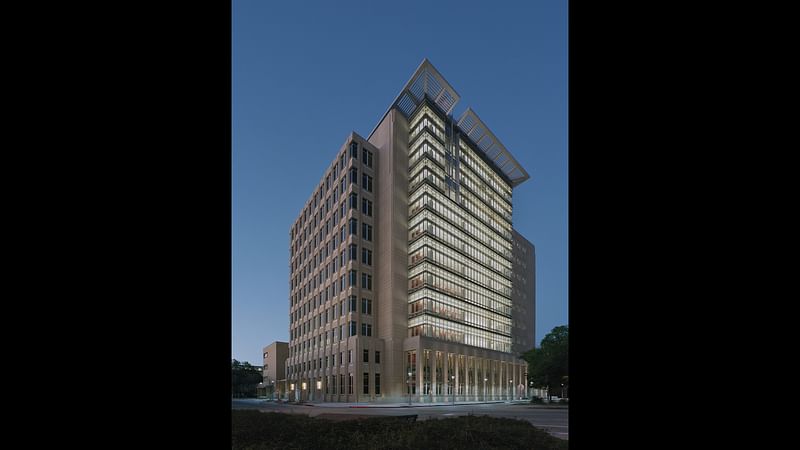Three architects earn individual honors as AIA Whitney M. Young Jr. Award, Topaz Medallion, and Edward C. Kemper Award winners
By Josh Niland|
Friday, Dec 13, 2024

Related
Three of the country's highest individual honors for architecture, the Whitney M. Young Jr. Award, AIA/ACSA Topaz Medallion for Excellence in Architectural Education, and Edward C. Kemper Award, have been bestowed by the American Institute of Architects as part of its year-end awards program.
The winner of the 2025 Topaz Medallion was named as Thomas Fisher, the Minnesota Design Center’s current Director and former Dean of the College of Design at the University of Minnesota from 1996 to 2015.

In his role as head of the MDC, Fisher’s presence has helped guide the institution by securing more than $5.7 million in financing for various projects at building climate resiliency, public health, and equity. His continued dedication to students was also noted along with the vision to spearhead nonprofit initiatives meant to combat homelessness and create "digital equity." Fisher has also initiated programs that offer design training to students and young professionals.
The 2025 Topaz Medallion jury commented: "Throughout his career, Fisher has demonstrated an unwavering commitment to innovation, equity, and systemic change. His efforts have elevated the architectural profession, emphasizing its critical role in addressing humanity’s most significant challenges. Through his leadership, teaching, writing, and advocacy, Fisher has left an indelible mark on architecture and design, inspiring future generations to build a more sustainable, equitable, and inclusive world."

Following Fisher was Bryan C. Lee Jr., the winner of the Whitney M. Young Jr. Award. Lee, the founder and director of New Orleans-based Colloqate Design and a 2009 graduate of the New Jersey Institute of Technology (NJIT), was honored as a leading voice in the Design Justice movement. His practice has focused on creating better access to civic and cultural spaces for community members as well as giving them the means through which they can improve their environments through ownership and equitable development.
The citation notes also: "Lee has also advanced justice in education through his work with NOMA's Project Pipeline, where he chaired the national program and developed a design justice curriculum. This initiative introduced over 20,000 students to architecture and its potential to address systemic inequities, inspiring the next generation of designers. As a Design Critic at the Harvard Graduate School of Design, Lee has led groundbreaking studios like 'The Black New Deal' and 'Typologies of Liberation,' empowering students to confront privilege and engage communities in meaningful ways."

Rounding out the group for 2025 was the Louisiana-based Raymond Post, a longtime AIA leader and the winner of the Edward C. Kemper Award. Post's involvement in the organization began locally in 1968, growing in scale and responsibility until he became the AIA President for 1996. His actions since that tenure have been extended through service on the AIA College of Fellows and the Council of Former Presidents. The Post Architects founder was further commended for his work to create professional development opportunities the 2+2, the Young Architects Forum, Latrobe Prize, and other programs.

"Post has balanced his dedication to excellence in design, maintaining a productive office while supporting and enriching the lives of his staff, with a parallel commitment to AIA at all levels and community service," the past 1991 AIA President, C. James Lawler, wrote of his colleague. "The community is enriched with his buildings and has been shown the value an Architect can provide in local leadership."
The trio is joined by the newly announced 2025 AIA Gold Medal honoree Deborah Berke and AIA Architecture Firm Award winner LPA Design Studios. A look at last year's year-end award winners can be found here.

Share
1 Comment
Donna Sink · Dec 22, 24 4:14 PM
Congratulations Bryan! So proud of and happy about young Black folks making a difference in this profession.
Comment as :